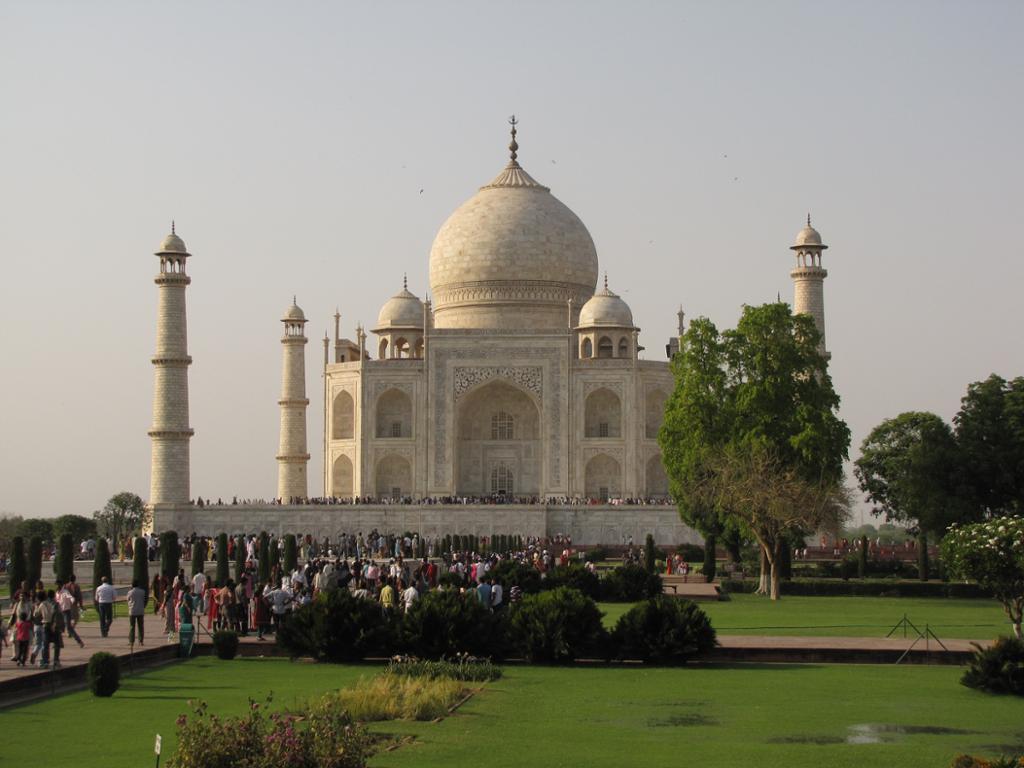Tourism in English-Speaking Countries

When people travel around the world, even to remote, exotic destinations, they expect to be able to use English and be understood. English is the language used by air traffic controllers, in airports, and on planes.
In countries where English is a foreign language, it is common for people in the tourism industry to learn English to communicate efficiently with their guests. As tourism grows in an area, workers in related service industries will usually learn English as well in order to be able to offer goods and services to tourists and generate more income.
By looking at the gross national product of some English-speaking countries, we get an impression of the importance of the tourism industry.
In 2019, the USA got 7.8% of its gross domestic product from the tourism industry. By comparison, 5% of the USA's GDP comes from agriculture, while oil contributes 8%.
It is estimated that by 2025, tourism will constitute just under 10% of the UK’s gross domestic product. In the UK, the service sector, of which tourism is a part, is by far the largest and most important sector, both in terms of revenue and in terms of the number of employees.
In India, tourism contributed 122 million US dollars to the GDP in 2020, which equals around 4%. This was a decline from pre-pandemic numbers: in 2018, tourism contributed around 248 million US dollars to India’s GDP. Estimates indicate that the numbers may rise as high as 512 million dollars by 2029.
In New Zealand, tourism generated a direct annual contribution to GDP of 5.5% which amounts to around 16.4 billion New Zealand dollars. There was also a further indirect contribution of $11.3 billion NZD, which amounts to another 3.8% of New Zealand's total GDP. In 2019, 225 384 people were directly employed in tourism in New Zealand, and another 158 802 were employed in related industries – 13.6% of the total number of people employed in the country.
In 2019, tourism in Australia accounted for 3.1% of the national GDP, contributing $60.8 billion to the Australian economy. Tourism directly employs around 5% of the workforce. In 2018–2019, tourism was Australia’s fourth largest exporting industry, accounting for 8.2 per cent of Australia’s exports earnings.
In South Africa, tourism has contributed around 3% to the GDP for the past decade. In 2017, the direct contribution of the tourism sector to the country's GDP was 130.3 billion South African rand.
Here, you will find the flags of the UK, the United States, Australia, New Zealand, India, and South Africa. There are also pictures of one tourist destination from each country. Match the tourist destinations and the flags.
Relatert innhold
Learn more about the importance of tourism in English-speaking countries.